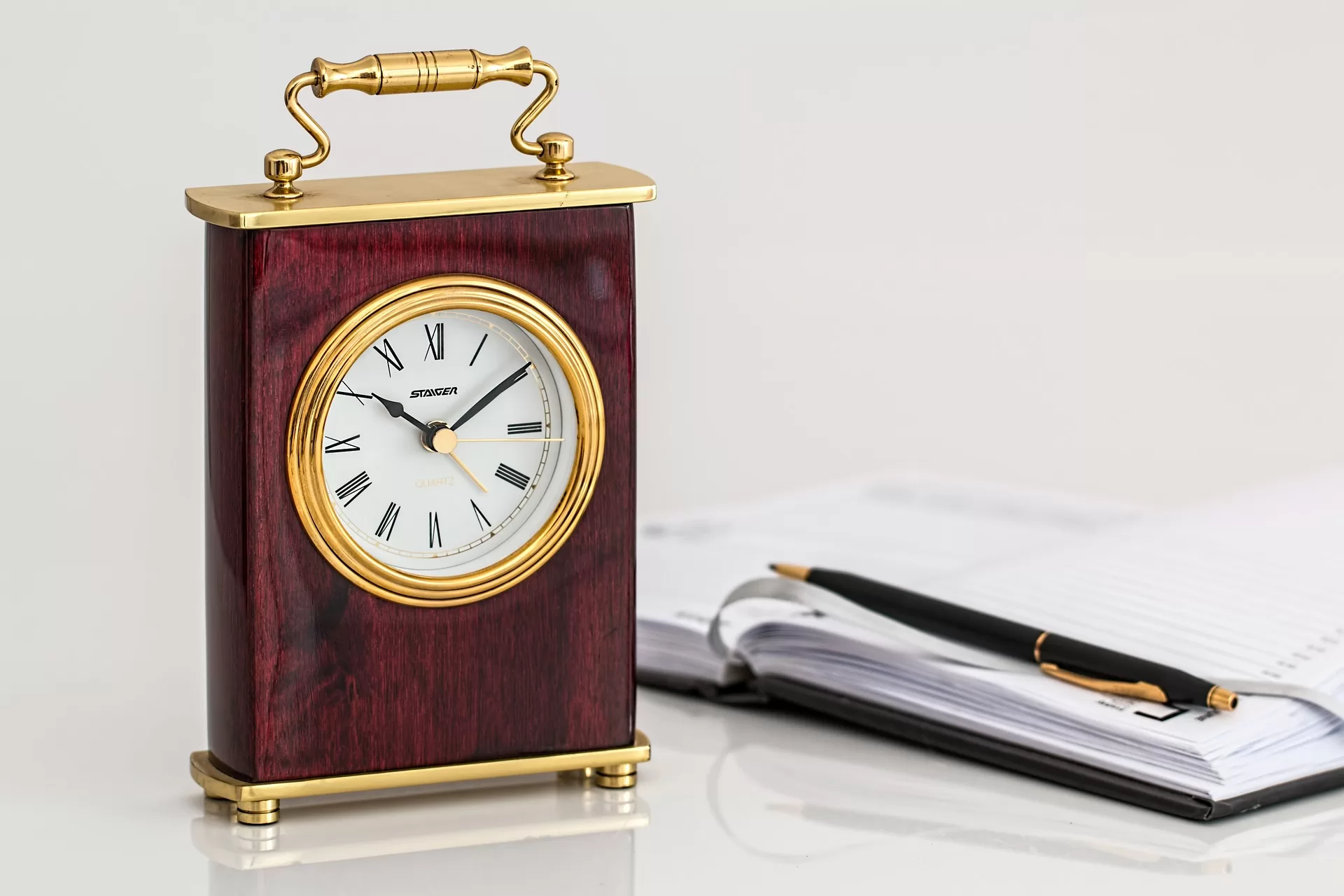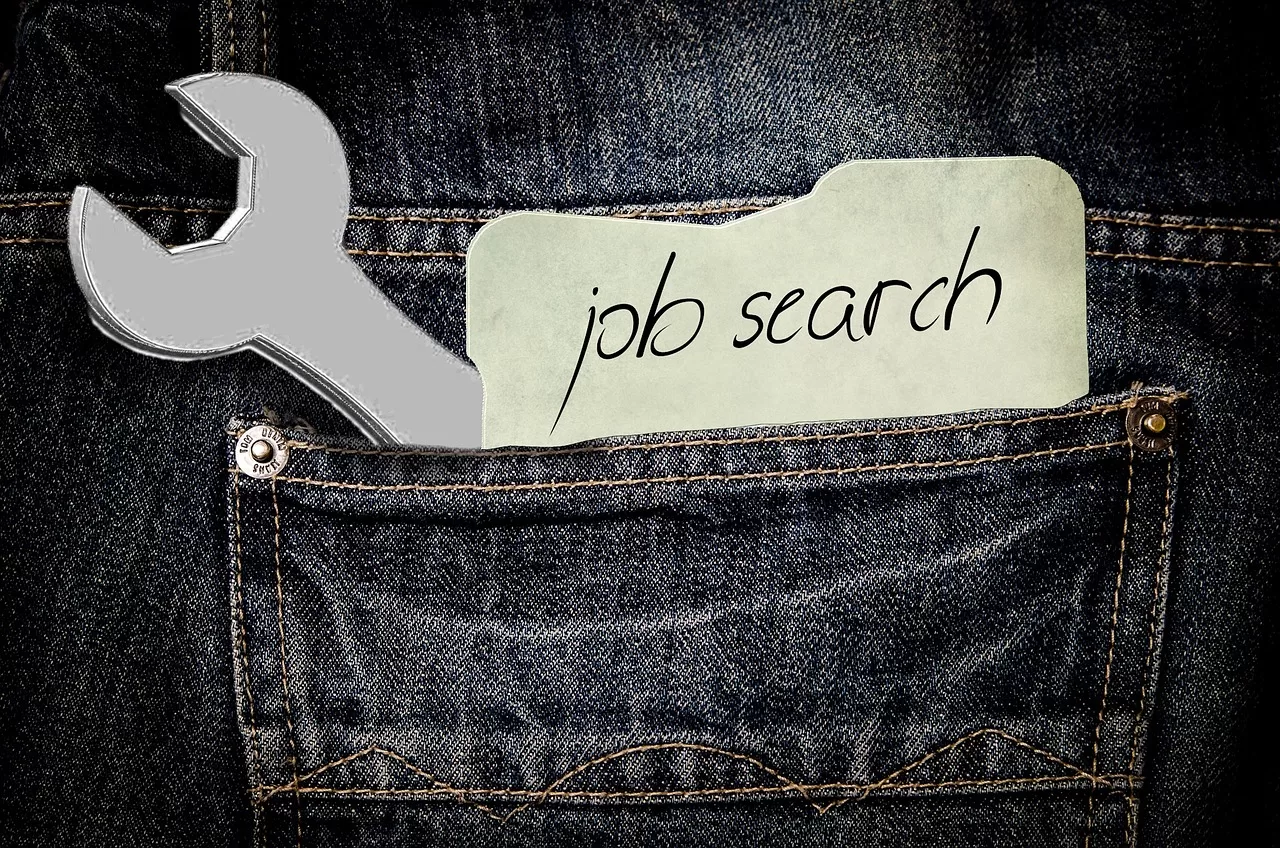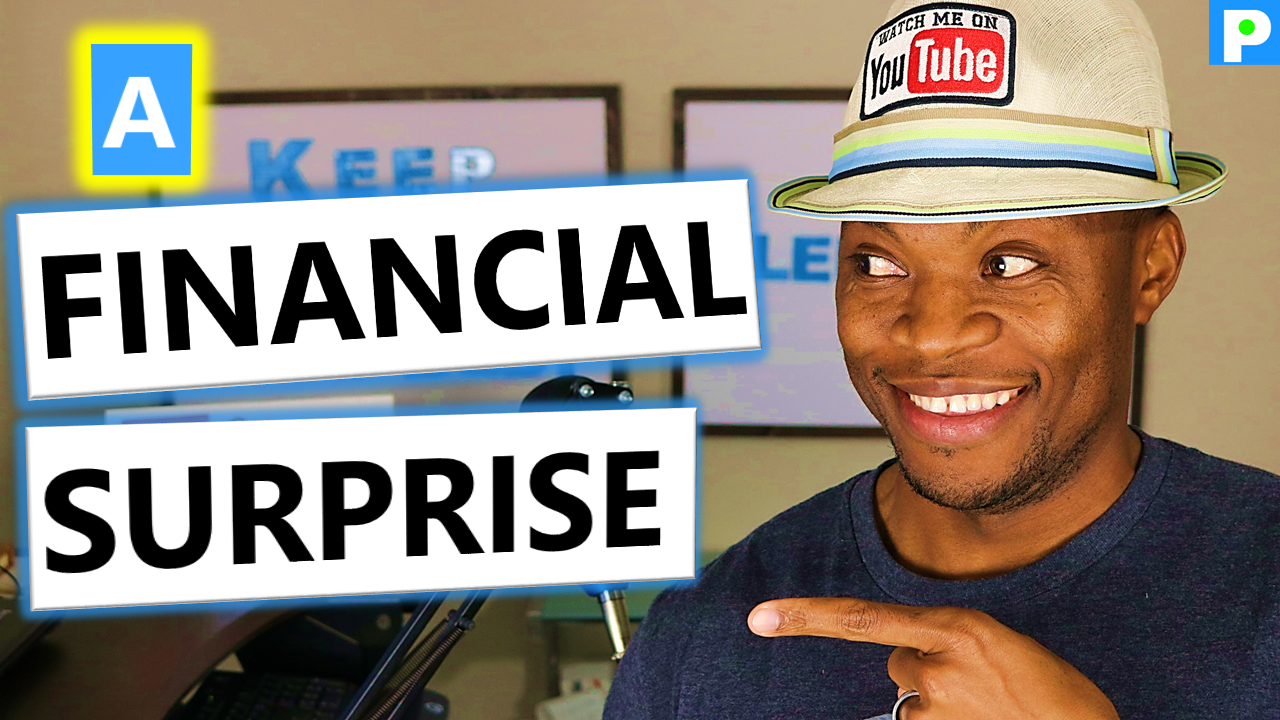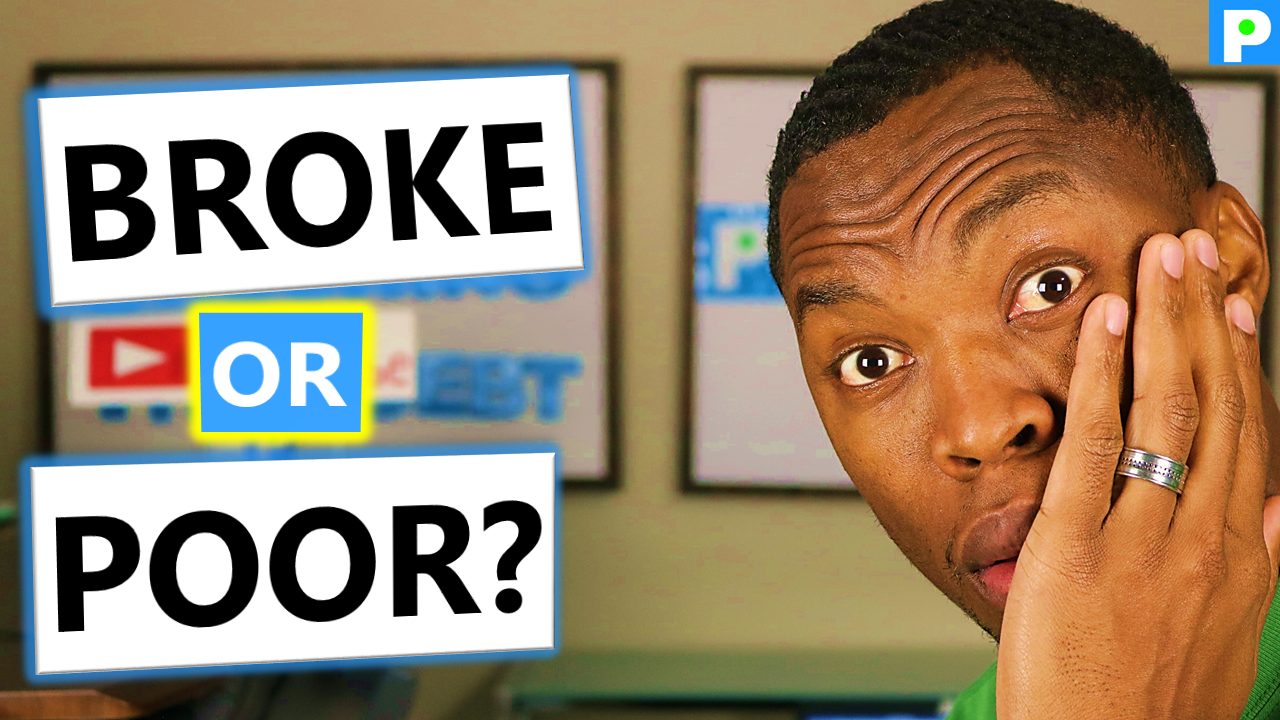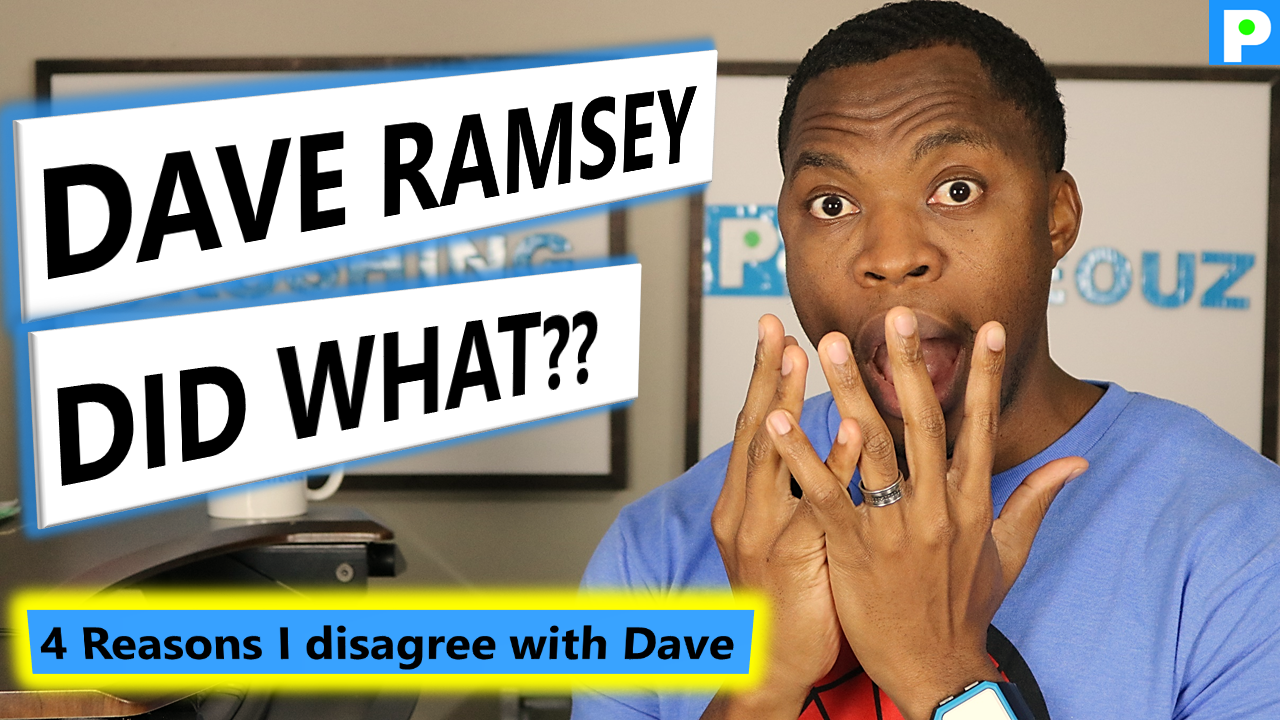
Getting Started With Investing
HOW TO START INVESTING
INTRO
THE ‘WHY’
GETTING READY
GETTING STARTED
INTRO
In this section, you’ll learn about the benefits of investing and how to prepare yourself for your investing journey.
Welcome to Money Geek U
Today you’ve taken a huge step towards improving your financial future and we’re here to help you on that journey.
I’ve been investing in U.S. stocks since 2009. I started investing right after the 2008 stock market crash. I came to the US with no idea about investing but I was determined to learn and take advantage of the market. I did a lot of reading and made many mistakes as a novice investor and lost some money in the process. But I learned from those mistakes, dedicated myself to learning the tips and tricks of investing which has helped me achieve financial freedom.
If you are reading this right now, it means you are interested in learning more about investing and building wealth using the stock market. You’re following in the path of over 5000+ people who have already decided to take control of their financial future and build wealth.
Over the last 11 years, my portfolio has grown 18% on average per year. That may not sound like a lot, but thanks to compounding, those returns would turn $10,000 into over $100,000. Not everyone will achieve such amazing results. However, this is what is possible if you commit to long-term buy-and-hold investing and follow some very simple rules.
There are many different ways to invest your money and you can customize your strategy to suit your personal situation and tolerance for risk. My goal here is to teach you the fundamentals of great investing so that you can make better decisions and own your financial future.
I am not financial/investment advisors, brokers, or dealers. I’m sharing my personal experience and opinions; therefore, all strategies, tips, suggestions, and recommendations shared are solely for entertainment purposes. There are financial risks associated with investing, and my results are not typical; therefore, do not act or refrain from acting based on any information conveyed in webpage, and/or external hyperlinks. For investment advice please seek the counsel of a financial/investment advisor(s), and conduct your own due diligence.
When it comes to investing, the most important part is to get started as early as possible and be consistent. After reading through this, I’m certain you will be fired up to start your investing journey — in whatever form that takes.
THE ‘WHY’
In this section, you’ll learn about the benefits of investing and why it’s very important to invest in the stock market.
Ever wanted to own part of a great business? That’s exactly what happens when you purchase stock. You’re buying a part of that company. As a part owner, you’re entitled to a share of the profits and assets of that business.
Basically owning a stock means owning a piece of a company.
Invested money can grow much faster than cash in a savings account. Although there is some risk associated with the stock market, over the long run, your money is better invested in a good company than in any savings account. Invested funds are working for you 24/7.
You profit from owning stock in one of two ways.
- The company can decide to return money to their shareholders via dividends which I talk about in this video. These companies pay you cash on a regular basis for being a shareholder. This is an excellent form of passive income although dividends are not guaranteed, some companies like A&T have consistently paid dividends. You can check out my dividend portfolio HERE.
- The business grows and the price per share increases. Once you decide to sell your shares, you pocket the returns.
While money kept in a savings account gets eaten away by inflation, invested money is working for you 24/7. Unlike a bank account, your original outlay can multiply many times over if you invest in the right companies.
On average, the stock market has returned around 10% annually since 1974 (without factoring in inflation). That easily beats the 0.5% you’ll get by keeping your money in a savings account.
Start small, but start now!
$2,000 can turn into almost $100,000 after 40 years (at 10% return a year).
Investing in stocks can help you prepare for retirement, pay off debt, and achieve financial independence.
That 10% average increase may not sound like much, but given time, this interest compounds to produce incredible returns.
Imagine someone told you that you could turn $2,000 into $100,000 with no work whatsoever? It sounds too good to be true, but it’s completely possible if you understand compound interest.
The key element to remember here is TIME. The longer you have your money invested, the more powerful compounding becomes. That means the earlier/younger you get started, and the more consistent you are, the greater your future returns.
However, you don’t need $10,000 to get started. You can start with as little as $10 and keep adding to your investment over time. Remember that consistency is paramount in this equation. You’ll be amazed at how quickly your investment can grow. In fact, if you contribute $45/month in your 20s or $145/month in your 30s or $450/month in your 40s or $1650/month in your 50s, you can retire with close to $1 million.
You’ll have both winners and losers, but if you learn how to identify good companies, you’ll have some stocks that multiply 10 times (or more) in value over the years.
The biggest advantage you can give yourself is to start early and let that compounding work its magic.
__
Compound Interest Magic
Compound interest is when the money you earn starts earning money.
Compounding is the easiest way to become wealthy. The sooner you begin investing, the more time your earnings have to compound.
Compound interest is an investor’s best friend. Compounding is simply when the money you earn starts earning money. This means your stash is growing faster than if you were simply adding a lump sum every month.
So many people say “I can’t afford to start investing.” The truth is, you can’t afford not to start investing, because time is the issue here, not money. Compound interest is the real silver bullet when it comes to growing your wealth and the earlier you start, the more powerful it becomes.
A certificate of deposit (CD) or a government bond over time might give you 5% per year. A 10% annual return is the historical average for the stock market. And 15% is what you could get if you learn how to pick your own stocks and take advantage of the skills Money Geek U teaches.
The majority of people subscribe to some form of online entertainment services like Disney+ or Netflix – a lot subscribe to both. The $15 leaves your bank accounts every month and we hardly even notice.
Let’s say at 18 years old, you subscribe to both services and remain a loyal customer for the next 50 years. You’ll end up retiring $9000 down. “Small price to pay for being able to binge-watch Marvel Movies” I hear you say.
Had you invested that money, after year one, on average, you’re up 10% on your original investment? The year after, you make interest on your interest and so on. It’s like adding successive layers to a cake with each a little larger than the last. So if you’d consistently invested that money, after 50 years it would be worth over $230,000.
Still, think you can’t afford to start?
__
Pay Yourself First
Saving 10% of your total income is a good goal.
Set up automatic transfers into savings on the day you get your paycheck. If you pay yourself first, you won’t even notice there’s less money to spend.
Now that we’ve decided that you can afford to start, how do you go about building up that investment fund?
If you’re someone who has trouble saving money, this is where the biggest change is going to have to come. You can’t invest without being a disciplined saver.
Instead of saving what you don’t spend, spend what you don’t save. Think of this as investing in yourself. You need to learn to pay yourself first.
You already pay the companies behind your credit card, gas, water, electric, cable, and phone bills every month, right? Now, add yourself as number #1 on the list.
So how much should you pay yourself?
Aim for 10% of your total income, but anything is better than nothing. It may seem like a lot to those who struggle every month to pay the bills, but the less you have at hand, the less you’ll spend. Set up automatic transfers so your savings leave your account as soon as you get paid. You’ll be amazed at how fast you can adapt to spending a little bit less.
Ideally, you should be investing this money in the stock market, where it’s 10% average annual returns and compounding can begin building your wealth. However, if you know you’re going to need that money in the near future, it’s better to keep it in cash. This will ensure you don’t have to sell your investments prematurely and lose money in a down market.
Once you’ve built up a cushion of emergency money, you can start investing.
GETTING READY
In this section, you’ll learn about the basics steps that you’ll need to perform before you can get started.
THE BUDGET
Do you have a written budget that guides your spending and is revised regularly?
Does your budget include accumulating money for purchases made on a less- than-monthly basis?
Having a budget and saving for future purchases helps eliminate “emergencies” and allows you to take day-to-day control of your spending. For example, enjoying the holidays is a lot easier when you’re accumulating money in advance.
The most effective budget is the one you will use. I’ve found that most people don’t have a written budget. Do you? In addition, most people can think of 7 – 10 items that should be on their budget. My sample budget has about 90 items on it. You won’t use most of them, but you’ll use way more than 10. Get my sample budget sheet HERE.
Taking control of your personal finances can change more than your relationship with your checkbook; it can change your life.
Whether you are struggling with debt or have a little extra in the bank, consciously managing your money has the power to reduce stress, improve relationships and provide financial breathing room to make good choices.
Before I started using a budget, I thought it would be restrictive and allow for no fun. Now, after living on a budget, I know that it’s possible to make responsible spending decisions that include room for fun, too.
EMERGENCY FUND
Do you have an emergency fund equal to at least three months of living expenses?
The last thing you need in an emergency is debt. An emergency fund can see you through the unexpected. As little as $1,000 is a good start. Three to six months of living expenses is ideal. The unexpected happens. Prepare for it.
Build a cash cushion of 3-6 months of income before you start investing.
Having a cash cushion is an important step before you start investing. Though it’s natural to want to jump right in and get your money in the market, this can be dangerous. A successful investor understands that over the short term your investments may lose money.
We recommend a long-term buy-and-hold philosophy when it comes to investing. If you put all your cash into the market, you may end up needing it in the near future. The market could be down at that stage, meaning you’ll have to sell your investments for a loss. If you have a cash cushion, you can leave your investments intact and wait for a recovery.
You should therefore try to build up a cash cushion of at least three months’ salary.
This may sound difficult, but it’s easy to train yourself to save money, and once you get in the habit of doing so, you’ll enjoy seeing your account balance go up every month.
THREE STEPS TO SAVING
STEP I
Payoff Short Term Debt
If you’re paying a high-interest rate on credit cards, you need to retire that debt. You can’t build long-term wealth while paying up to 20% on short-term debt.
STEP-II
Treat every dollar as an investment.
This is a crucial mind frame to get into if you wish to become a successful investor. An investment is more than just shares. We make investments every day. Some of these are important, like the roof over our heads. Some of these are frivolous, like a new pair of sneakers you don’t really need.
Next time you pull out your credit card, ask yourself, “Is this the best investment I can make with this money right now?” You won’t put your wallet away every time you do this, but just practicing this routine can help you save a lot of money.
STEP-III
Track your spending.
Ever come to the end of the month and wonder where all your hard-earned money went? It happens to us all now and then.
A good way to counter this is to start tracking your spending. There are plenty of apps available to keep tabs on where your money is going. You might be shocked to realize how much you spend simply on going out for lunch every day, or on getting that extra cup of coffee from Starbucks.
These are small changes you can make that can greatly increase your overall wealth.
If you need money in the next year, it should be in cash.
Any money that you don’t need in the next year should be invested.
You should invest with a 5-10 year timeline in mind.
Go Long!
When choosing how much money to invest in the stock market, it’s important to consider how long it will be before you need that cash.
Here are two rules of thumb to follow when deciding the smartest, safest, and most profitable place for your savings.
RULE I
“If you need your money in the next year, it should be in cash.”
The stock market can fluctuate greatly. It’s no fun to need cash for, say, a down payment on your first home and find that your stocks are down 50%.
If you’re house shopping, wedding planning or car buying within the next year, keep those necessary funds in a savings or money market account. (Double-check that it’s FDIC-insured too.)
RULE II
“Any money you don’t need within the next year is a candidate for the stock market.”
This is where the fun begins. And it’s why we encourage you to get saving now!
Any cash you don’t need in the coming year can go to work for you every day in the stock market… taking bigger risks and affording you larger profits.
When you invest with funds that you have no immediate need for, you protect yourself from the short-term fluctuations of the stock market. Over the course of a year or two, you could see your investment suffer a loss, but on a longer timeline, the stock market and great companies get bigger and more profitable.
That’s why you should invest with a 5-10 year timeline in mind. This will prevent you from pulling your funds out in a downturn and incurring a loss.
GETTING STARTED
In this section we’ll look into how to get set up with a brokerage account, funding that account, and purchasing your first share.
You need a broker to buy and sell shares on your behalf.
A brokerage account is like a bank account for investing.
Discount brokers provide cheap trading, but without advice.
So you’ve decided to become an investor, but how do you go about actually buying shares?
Actually, legally, you can’t.
Shares can only be purchased by a licensed professional called a stockbroker. These are licensed and accredited professionals who ensure that trades are conducted with all the necessary legal and regulatory procedures. A stockbroker will buy and sell shares on your behalf in exchange for a fee or in some cases commission-free.
Stockbrokers, therefore, act as a middleman between investors and the market. Much like if you’re feeling unwell, a doctor provides you a prescription, and the pharmacist fulfills that prescription. This is essentially the function of the stockbroker.
In the past, stockbrokers charged high fees and usually insisted on minimum deposits that were outside the realm of the average worker. These days, the internet has given birth to discount brokers that compete on pricing and usually have no minimum deposit restrictions. This has opened up investing to the masses.
However, it comes with a downside.
Brokers in the past also provided advice as part of their fee. Discount brokers provide no such service, which means that investing is very much a do-it-yourself endeavor.
That’s where MONEY GEEK comes in. We want to help educate and guide users throughout their investing life, giving them the tools to invest with confidence.
However, the fact remains, you still need to engage a broker in order to buy and sell shares.
In the next lesson, we’ll look at how you go about setting up a brokerage account.
SETTING UP A BROKERAGE ACCOUNT
There are some regulatory requirements to set up an account
In order to set up a brokerage account, you will need to provide some basic information and answer some questions about your finances.
International investors may need to do some research into their own tax situation.
Setting up a brokerage account is similar to setting up a bank account. However, the world of investing is a highly regulated one and brokers are required to gather a little more information than a bank.
Before you begin, you may want to do some research on what kind of brokerage you want. Brokers differentiate themselves by offering different fee structures or services. Some will allow you to invest in foreign companies, some will only permit you to invest in U.S. listed companies. Some will allow you to set up a certain tax-efficient account like Roth IRAs.
We have a close and deeply integrated relationship with the broker WeBull and recommend them to our users. However, the decision is yours.
In order to set up an account, you will need certain personal information like your name, address, and date of birth. Following this, you will be required to answer some simple questions regarding your employment status, income level, and investing experience.
While some people may find these questions slightly intrusive, it’s an important element of the brokerage setup process. Brokers are required by law to “know their customer”, meaning they have to ensure that the products and services being offered are suitable to you.
Finally, you’ll be asked to provide some documentation in order to prove who you are.
This will vary depending on where you live. A U.S. user might only be required to provide their social security number. An international user might be required to provide a photo of government-issued ID and proof of address.
International investors must also complete a separate form called the W-8BEN, which is used to calculate what tax if any, you will have to pay in the U.S. on your gains. Many countries have a tax treaty with the US when it comes to this, but you should take the time to research your own situation.
You need funds in your brokerage account to buy shares.
Funding options vary from country to country.
Having some cash sitting in your brokerage account can come in useful during a downturn.
Once you have a brokerage account set up and approved, you will need to fund it.
Funding options vary from country to country and there are some costs associated with each method.
As costs are usually fixed, it may make sense to save up a bit before you fund in order to minimize “friction”—money that is associated with investing that doesn’t actually go into the shares you own.
For example, if it will cost you $4 to transfer money to your account, sending $20 will mean you’re already down 20%. That’s not an efficient way to invest.
Rather, you should think about saving up and sending $200. That way you’re only down 2%. With fixed costs, the more money you transfer, the less detrimental these costs are to your overall returns.
If you want to be serious about investing regularly, it might be a good idea to set up an automatic transfer with your bank. That way you can have money transferred into your brokerage account just after your income come in every month. This will ensure that you stay disciplined and don’t end up using those extra funds for needless purchases.
Remember, just because the money is in your brokerage account, that doesn’t mean you need to invest it right away. It’s always a good idea to keep some cash in your brokerage account in case there is a certain market downturn. This way you can invest in some great companies at a discount. However, don’t leave all your funds in cash. Waiting for the market to dip can easily lead you to missing out on big gains.
Your first investment should be a company that you are interested in.
You don’t need to put all your money in right away.
Keeping an investment journal is a great way to learn as you go.
Now that your broker account is set up and funded, you’re all ready to buy your first share.
This is where a lot of novice investors get stuck.
On many occasions we have users contact us saying they can’t decide on what stocks to start off with, concerned that they don’t know enough or that they’ll lose money.
The important thing to remember here is that investing is a life-long pursuit. Your first stock doesn’t have to be the perfect investment, backed by hundreds of hours of in-depth research.
Getting started is what’s most important here.
If you’re not feeling confident, invest a small amount (nothing that is going to hurt you financially) in a company that interests you. As previously mentioned, Bedrock stocks like Apple and Google are safer investments than small-cap companies.
Owning shares in a company will foster your interest in that company. Suddenly, you’ll find yourself reading up more on the business, getting to know the managers, and understanding how it works.
A great tip is to start an investment journal with your very first purchase.
Simply write down the date of your purchase along with any thoughts that led you to this decision. For example, you may like the CEO and believe in his long-term vision for the company. Obviously, this means you’re going to have to read up on the CEO and find out what that vision is. This is an important part of the learning process. If you haven’t got any reasons to buy the shares, then obviously this isn’t the right stock for you.
You’ll find these notes incredibly helpful further down the line. You’ll be able to revisit the first stages of your investment thesis and examine what you got right, and possibly what you got wrong.
MONITORING OR TRACKING YOUR INVESTMENT
Don’t worry about checking the stock price every day.
Keep tabs on how the company is performing via the news and company press releases.
Read the company quarterly reports to get better insight into the business.
Now that you’ve bought your first stock, you’re officially an investor.
Congratulations!
Hopefully, this will be the first step in a long and profitable journey for you.
Now you need to start monitoring your investment to see how it’s performing.
In most investing apps, your stock will be automatically added to your portfolio so you can track its performance. However, checking the stock price every day isn’t really helpful.
It’s a far better use of your time to keep tabs on how the business is performing.
Most companies will also send out press releases regarding any important news about the business. You can subscribe to these updates on the investor relations section of their corporate websites.
Finally, you should find out when the company is set to send out its quarterly earnings release. Every public company in the U.S. publishes one of these every 3 months. In it, management will give a summary of what’s occurred over the previous quarter. Some also give insights into their future plans, and possibly even how much they expect to earn in the coming year.
Following these steps will have you set up to become an informed and successful investor in no time. Once you get into the swing of things, you can simply repeat the process to build a diversified portfolio of great companies.
Good luck on your investing journey.






